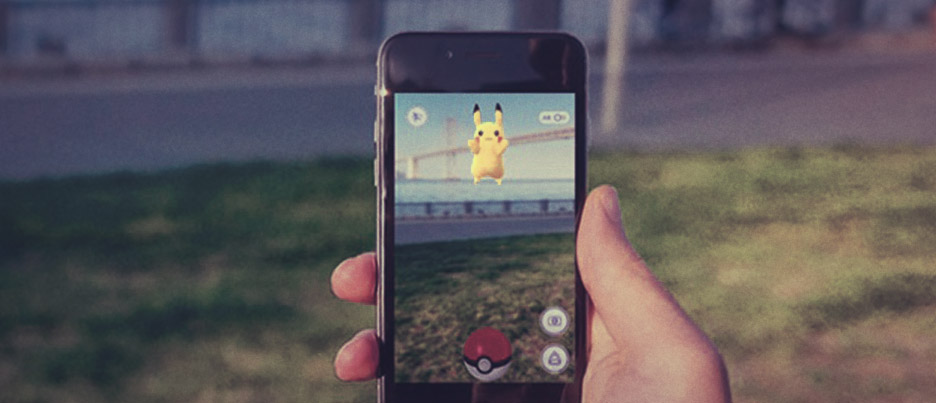Pokémon Go: The Augmented Reality Show

Millions of people across the U.S. are trying to “catch ‘em all.” No, it’s not the ‘90s, but Pokémon Go has the all-so-coveted attention of the modern millennial consumer. What better way to intrigue a generation resisting the urge to plunge into traditional adulthood than to pique their childhood interests?
Google startup Niantic, the studio behind the application, has used smartphone technology and augmented reality (AR) to create the latest – and possibly greatest – marketing goldmine. And with all of those millennial eyes watching, brands are digging in.
The AR application brings the classic Nintendo game Pokémon to life. With smartphone GPS, users explore locales to catch Pokémon characters, meet up with other users to compete, and even walk up to six miles to accomplish certain achievements.
The hype is contagious. In the last week, Twitter mentions hit 6.6 million and have fueled the addition of new app users. What’s more, of the tens of millions who have downloaded the app, over 60% use it daily. In just one week, it now tops Twitter in daily active users and Facebook in engagement (33 minutes a day).
Pokémon Go offers more than consumer interaction – it has positioned itself as a legitimate marketing tool. And brands are noticing. For instance, small retailers have recognized an uptick in foot traffic, offering product discounts for Pokémon Go specific teams.
Niantic CEO John Hanke hints that this concept is only scraping the surface of the application’s far-reaching revenue potential. “Pokestops,” the in-game GPS hubs where users find rare items, will soon be sold to brand locations. This “lure,” or “sponsored retail location” for non-Pokémon jargonists, can be purchased to attract Pokémon Go-ers to a brick and mortar locale. Physical brand interaction, quickly forgotten in the flurried ease of online shopping, sharing and sending, has found the refresh button in augmented reality.
Niantic has cooked up an addicting concoction of personal fitness tracking, augmented reality, and video gaming. Pokémon Go is ahead of the times, signaling to all marketer/brand teams that AR has the chops to connect consumers to brands and to the world around them. In a recent study by Harvard Business Review, in-app AR shopping experiences consistently left consumers with an improved positive brand attitude and a willingness to talk about the app again with others when compared to non-AR interactions. Recognizing that AR should be applied only when the added value is substantial and the consumer is given a quality brand engagement opportunity for the right investment is essential.
Although AR is young, the B+L team knows its potential and sees the opportunity for exponential success if brands can resist the urge to hurriedly create frivolous applications. Focusing on the quality of the experience will cement AR as the new norm.
Pokémon Go won’t last forever, but this app has redefined what AR can do for the consumer/brand relationship. Once seen primarily as an entertainment tool, augmented reality is now creating platforms for targeting consumers with value and precision. As brands race for heightened engagement with countless consumers, the classic Pokémon slogan “Gotta Catch ‘Em All” has found new meaning in marketing strategy.

